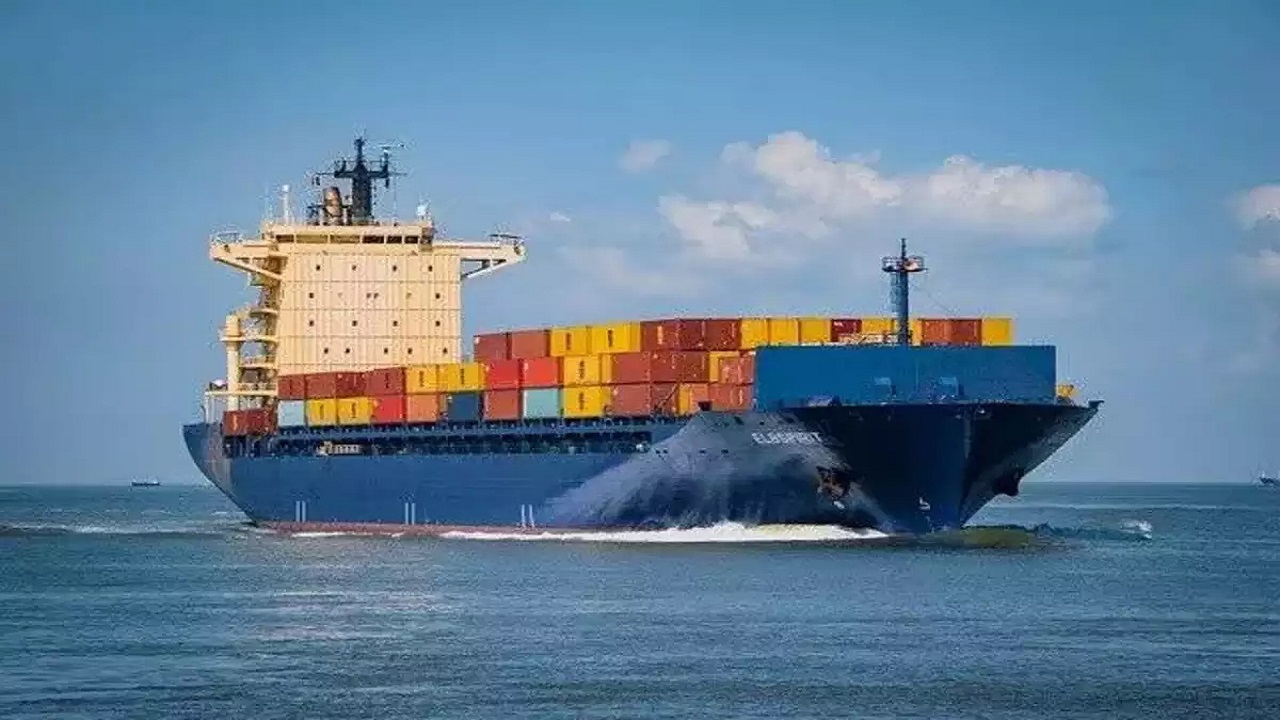COP29 Climate Summit 2024
Context
At the COP29 climate conference in Baku, countries made a historic decision to advance an agreement for a global carbon market under the Paris Agreement. While this step is seen as a breakthrough, climate finance remains unresolved, with developing nations stressing the need for substantial, updated funding.
What is COP?
- Conference of Parties (COP): The main decision-making body of the United Nations Framework Convention on Climate Change (UNFCCC).
- UNFCCC Background: Established in 1992, it unites 198 members (197 countries + the European Union) to combat climate change.
- Annual Meetings: Each year, COP gathers to assess emissions, track progress, and shape climate policies.
Key COP Milestones
-
Kyoto Protocol (1997, COP3):
- Binding emission reductions for developed countries.
- Goal: Reduce emissions by 4.2% from 1990 levels by 2012.
-
Copenhagen Accord (2009, COP15):
- Introduced 2°C warming limit and climate funding for vulnerable nations.
- Fell short of producing a binding treaty.
-
Paris Agreement (2015, COP21):
- Landmark target: Limit warming to below 2°C (ideally 1.5°C).
- Established Nationally Determined Contributions (NDCs) for each country.
-
Glasgow Pact (2021, COP26):
- Introduced pledges to reduce coal usage and phase out fossil fuel subsidies.
-
Loss and Damage Fund (2023, COP28):
- Created to support nations affected by climate disasters.
Criticisms of COP
-
Failure to Deliver Climate Finance:
- Despite pledging $100 billion annually by 2020, developed countries have not met this goal.
- A 2021 UN report projects that developing countries will need $6 trillion per year through 2030 to meet climate goals.
-
Insufficient Emission Reductions:
- Although COP summits have led to emission pledges, current efforts are not enough.
- The IEA’s COP28 report warns that existing pledges risk exceeding the 1.5°C warming threshold.
Agreement on Global Carbon Markets at COP29
-
Global Carbon Market Overview:
- Defined under Article 6 of the Paris Agreement.
- Allows trading of carbon credits as a financial incentive for reducing emissions.
-
Article 6 Mechanisms:
- Article 6.2: Enables two countries to trade carbon credits bilaterally.
- Article 6.4: Proposes a UN-managed centralised system for countries and companies to offset carbon emissions.
-
Progress at COP29:
- New operational standards for Article 6.4 were adopted, allowing the global carbon market to move forward.
- This breakthrough sets the stage for full implementation of Article 6, which had faced years of deadlock.
-
Significance of this Milestone:
- Carbon markets were the final part of the Paris Agreement awaiting full implementation.
- The agreement will allow countries to meet climate goals more affordably and efficiently.
Challenges Ahead at COP29
-
Lack of Consensus on Climate Finance:
- A key issue is the New Collective Quantified Goal (NCQG), which aims to replace the unmet $100 billion target.
- G77-plus China (over 130 developing countries) rejected the initial finance draft and demanded revisions.
-
Demands from Developing Nations:
- Developing countries seek $1 trillion annually from 2026, with G77 calling for $1.3 trillion.
- They insist the finance should be new, predictable, and non-debt-inducing.
India’s Role in Shaping COP29
- Finance as a Priority: India highlighted the NCQG as a priority, calling for substantial financial commitments for the Global South.
- Focus on Adaptation for Vulnerable Communities: India and G77 allies advocate stronger support for adaptation in high-risk communities.
- Commitment to Emission Goals: India’s NDC aims to reduce emissions intensity by 45% from 2005 levels and create an additional carbon sink of 2.5–3 billion tonnes by 2030.
Conclusion
- COP29 President Mukhtar Babayev stated that Article 6 could reduce global climate action costs by $250 billion annually through cross-border cooperation.
- Effective carbon markets can help countries, including India, achieve climate goals, supporting global efforts to combat climate change.




Comments (0)